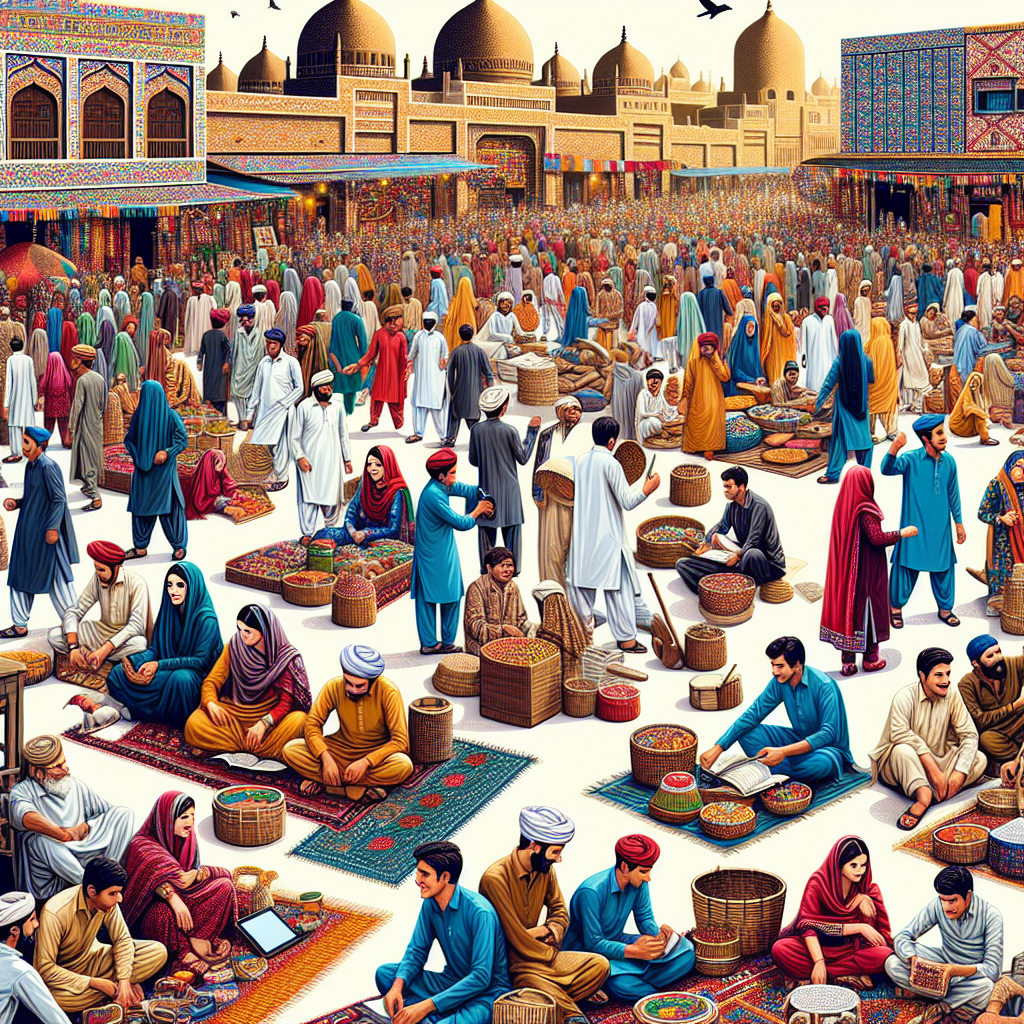Decoding the Unique Genetic Mosaic of India's West Coast Sindhis
Scientists have revealed that the Sindhi population on India's west coast has a distinct genetic makeup compared to their Pakistani counterparts. The study indicates genetic links to Burusho and Hazara groups, revealing unique East Asian components. This genetic diversity results from migrations throughout history, including during the Mongol era.

- Country:
- India
A recent study has unveiled that the Sindhi community residing on India's west coast exhibits a unique genetic profile, differentiating them significantly from Pakistani Sindhis. The research was conducted by Dr. Kumarasamy Thangaraj of CSIR-Centre for Cellular and Molecular Biology (CCMB) and Dr. Lomous Kumar of DST-Birbal Sahni Institute of Palaeosciences.
The findings, published in Human Genomics, revealed that these Sindhis share genetic ties with Burusho or Hazara-like groups from Pakistan while also maintaining recent genetic threads with local communities like the Konkanis. This genetic variety has sparked interest due to its blend of South Asian and East Asian elements, likely stemming from historic Mongol influences.
Moreover, the study highlights that while Pakistani Sindhis have been extensively examined, the knowledge regarding the genetic identity of the Indian Sindhis, who have a rich socio-cultural presence along the Konkan coast, remains limited. The results underscore the significant impact of historical migrations, including those around the Iron Age and more contemporary ones post-independence, which have shaped this group's genetic landscape.
(With inputs from agencies.)










